How do I list and count unique comma-separated values (column B in the example below) if the number in column A is larger (or smaller) than X? In other words, how do I turn the below table...
Day | Fruits
+--------|--------------------------+
|
20 | Apple, Banana, Pearl
|
24 | Apple, Pearl
|
32 | Banana, Pearl
+
...into this , with criteria: Day < 28.
Fruit | Frequency
+----------|---------------+
|
Apple | 2
|
Pearl | 2
|
Banana | 1
+
A solution proposed by @AdamL in this question is really close to what I want to achieve, but I can't figure out how to list values based on criteria from another column. Here's what Adam came up with:
=ArrayFormula(QUERY(TRANSPOSE(SPLIT(JOIN(",",A:A),",")&{"";""}),"select Col1, count(Col2) group by Col1 label count(Col2) ''",0))

